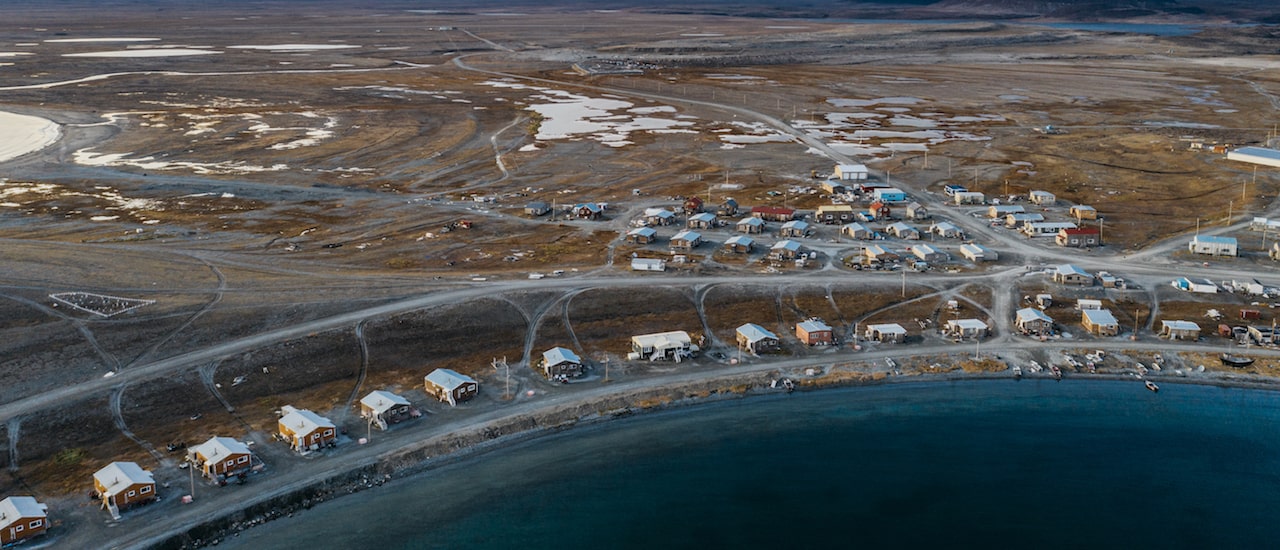Yesterday’s announcement by the Government of Canada to drive down cell phone prices will only end up costing Canada in the long run.
In a press conference held yesterday, Minister Navdeep Bains of Innovation Science and Economic Development Canada (ISED) laid out a plan that will not only allow the government to evoke further regulation to boost competition but allow it to sell off spectrum to the highest bidder.
It is a case of short-term gain that will lead to long-term pain.
It could have been an opportunity for ISED to bring many Canadians – particularly those living in rural and remote areas – closer to the government’s goal of universal broadband for all by 2030. Unfortunately, we believe that the auction rules announced yesterday by Minister Bains for this spectrum band are a step backward for innovative approaches to bring affordable access to the regions of Canada that most need it.
Currently, Canadians pay some of the highest prices in the world to come online and much of the country still does not have fiber needed for broadband.
There are solutions to affordable access in Canada. One of which is community networks.
The Internet Society has long championed community networks as a solution to address the connectivity gaps around the world. These networks – communications infrastructure built, managed, and used by local communities – could be an ideal solution to address the connectivity gaps that exist in many parts of Canada, where typical solutions do not exist.
And that’s where spectrum comes in.
Access to spectrum is an integral step in supporting the development of community networks. With the 3500 MHz auction, ISED had an opportunity to enable communities deploy their own sustainable and affordable networks. Unfortunately, that opportunity is lost with the auction rules.
Canada could have followed the US Federal Communications Commission’s (FCC) approach to the 3500MHz band. In 2015, the FCC adopted rules to convert it to a shared band called Citizens Broadband Radio Service (CBRS). Anyone can use CBRS for free where the owner is not currently transmitting. Canada is a large country, with vast regions to cover. A shared model, like the one the FCC adopted, would have gone a long way for rural areas where large service providers may have spectrum but are not using it.
The FCC also took an innovative approach in how it is repurposing Education Broadband Spectrum (EBS). While EBS was originally set aside for educational purposes, the FCC eventually opened it up to broadband service. Last year, an auction was announced to reallocate EBS and issue new licenses. Notably, the FCC created a Tribal Priority Window to allow Tribal Nations to receive licenses for unassigned spectrum on their lands. The FCC’s Priority Window is open until August 2, 2020, at which point the auction will be open to all potential licensees. For tribes, this Window represents the potential to achieve Internet access on their own terms.
Either one of these examples from the FCC would have ensured progress towards the government’s goal of ensuring universal broadband for all Canadians. A window for Indigenous communities to access 3500 MHz, like the FCC’s window for EBS, would have meant that rural and remote communities could have deployed their own local networks, providing access to all of the opportunities the Internet delivers.
While the clock is ticking, there is still time to change this.
We are stronger together than we are apart. As one of the oldest and independent technical organizations with local people on the ground, the Internet Society has a long history of working with partners to lay a foundation for sustainable, locally developed solutions.
We are asking Minister Bains to evolve his plan. We are here to help.
Government, technical experts, policy advisors, and people who care about their neighbors. That’s what brings the world online and brings opportunity. Let’s work together on this, and collaborate for change.
Image © Angela Gzowski

